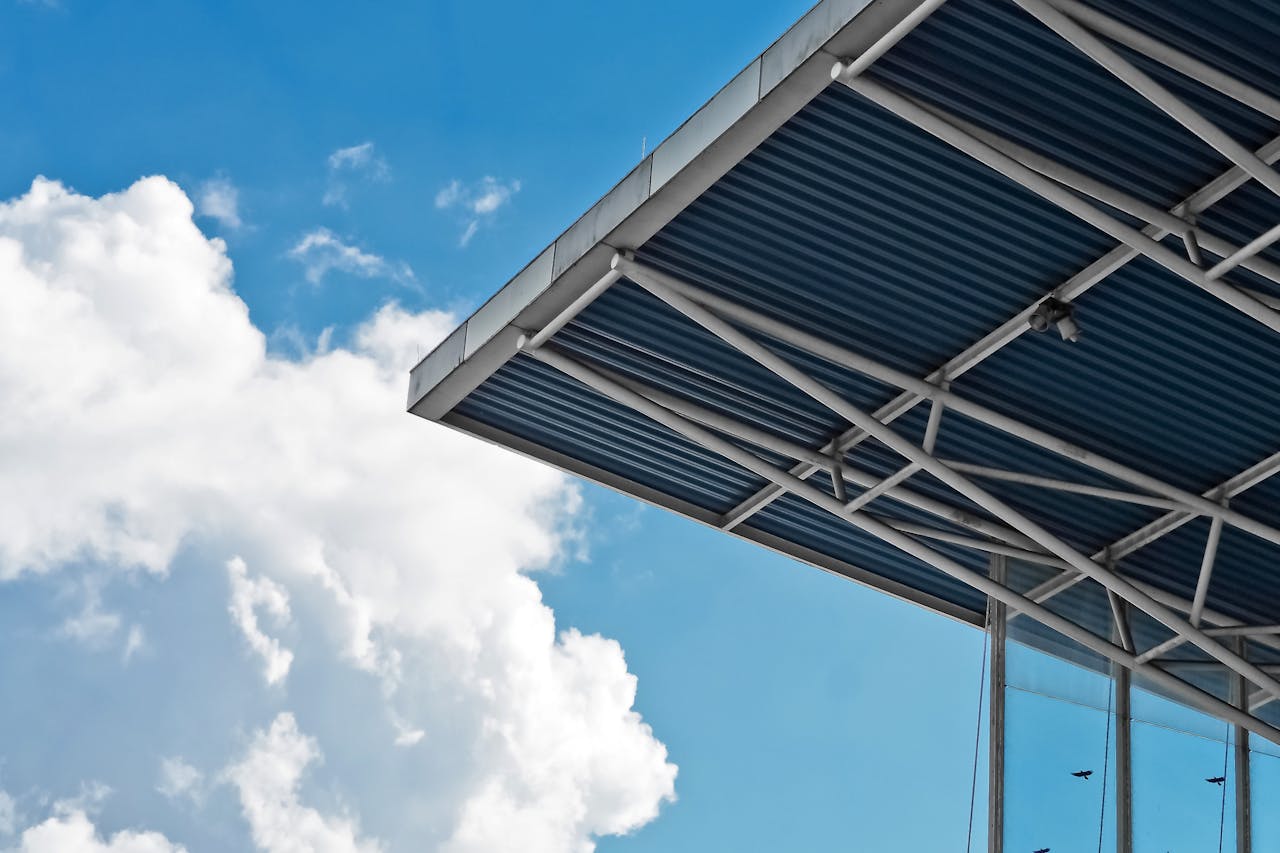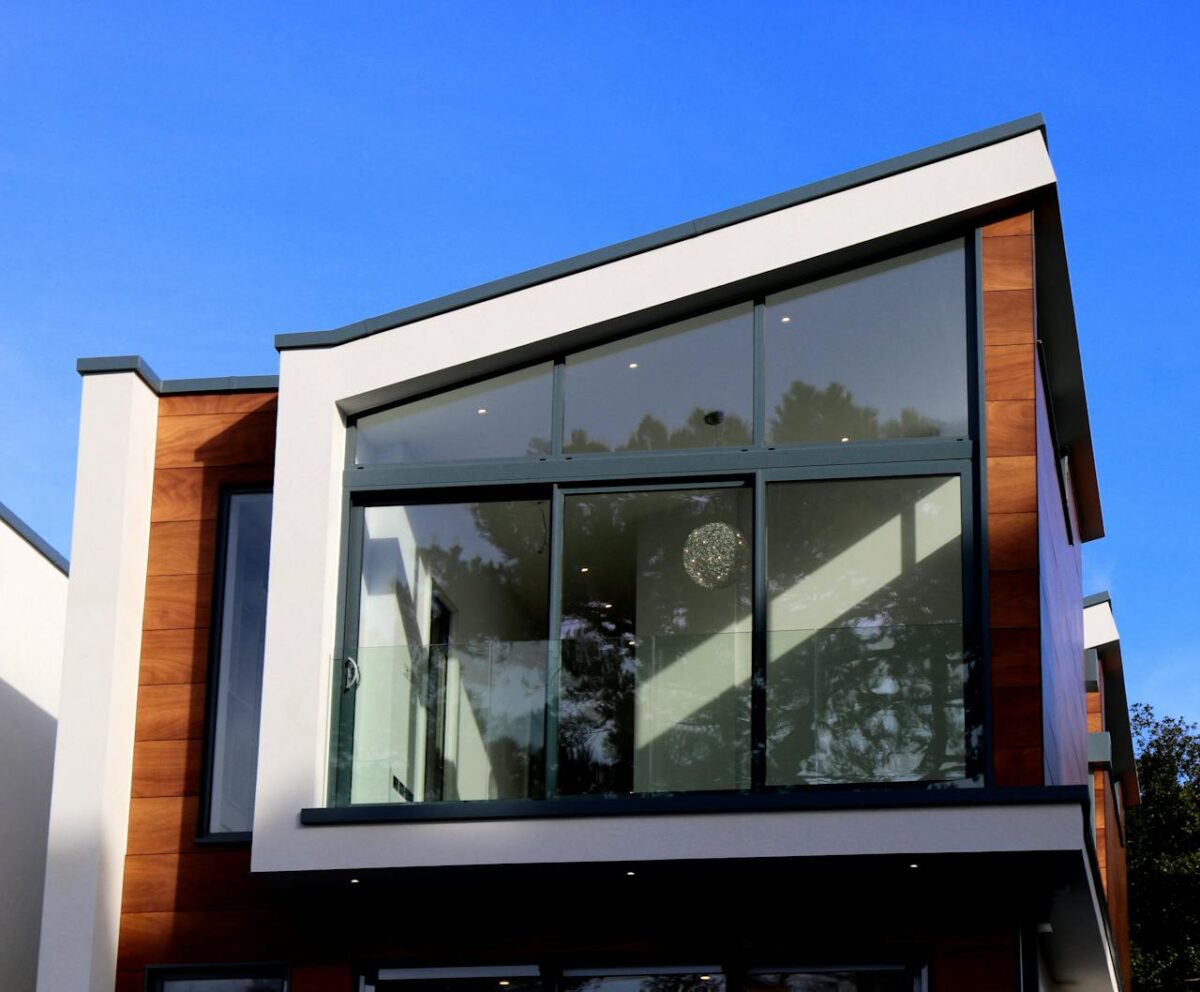A leaking roof can cause water damage to the ceiling and walls of your home. It can also create a perfect breeding ground for mold and mildew.
If you’re experiencing a musty odor or visible mold and mildew growth, it’s time to call in a professional.
Here are some of the main causes of roof leaks:
Clogged Gutters
Clogged gutters can cause a host of problems for your home. Gutters perform an essential task by directing rainwater off of your roof and away from your house, but they can become clogged with leaves, twigs, and debris. If left unchecked, this can lead to water leaking into your home’s walls and ceilings. This can leave unsightly stains and pose a health hazard for you and your family.
When a clog is present, it typically means that there are multiple layers of debris stacked up on top of each other. This will cause the downspout to overflow every time it rains. Eventually, the downspout may completely fill up and stop functioning. At this point, the only way to get the clog cleared is to remove the downspout, clean out the accumulated debris, and then re-install the gutter.
Summer and winter storms can deposit debris on your roof and in your gutters. This “storm shrapnel” can include small limbs, leaves, and even shingles. This debris can accumulate in your gutters and overflow the downspouts, which will then cause a roof leak.
If your house has a lot of trees, they will often drop branches and leaves throughout the year. If these trees hang over your house, they will also dump their debris on the roof. Over time, this can chip and crack the tiles, leading to a roof leak. This can be exacerbated if the tree is near or over your gutters. This is why we recommend that homeowners do not allow their homes to be overtaken by a large tree.
Clogged Valleys
The valleys of your roof are the areas at which two different planes of the roof meet. If these seams aren’t sealed properly, water can seep inside when rainwater runs down the roof. Look for wet spots on your walls or ceiling near the valleys to spot a leak. This area can leak for many reasons, including poor sealing during installation or weather exposure causing the seal to degrade over time.
Due to their narrow shape, roof valleys have the potential to collect debris, which can clog them and prevent proper water drainage. This can lead to water pooling and interior damage. To avoid clogs, it’s best to clean your roof regularly. You can do this by removing the debris with a soft brush or broom, especially during the fall when there are more leaves on the ground.
It’s also important to examine your shingles and flashing for any signs of damage or deterioration. This will help you identify the source of the leak, so you can make necessary repairs. This may involve replacing shingles, repairing the flashing or addressing other issues.
Other external factors that can cause leaks include chimney damage, clogged gutters and improperly sealed skylights. If you notice any of these issues, you should hire a professional to address them as soon as possible. These issues can cause significant water damage in your home and lead to costly repairs down the road. Additionally, they can lead to unsightly stains on your walls and ceilings, which can affect the aesthetic of your home and require costly cleanup or repainting. Water damage can also result in short circuits, which can be a fire hazard and damage your valuable electronics.
Damaged Shingles
The shingles on your roof are your first line of defense against water intrusion. When they are damaged, it leaves your roof vulnerable to leaks and other damage. A professional inspection can help spot problems before they become more serious and save you money in the long run.
Shingles can be damaged in a variety of ways. Extreme weather conditions like hail and high winds can cause shingle stripping, which exposes your home to the elements. The natural aging process and prolonged exposure to the sun’s UV rays can also cause shingle wear and tear, leaving your roof susceptible to water penetration.
Cracking and crumbling shingles can signal the beginning of the end for your roof. These fissures allow water to seep in and can eventually lead to rot and mold. A cracked shingle can be easily replaced, but widespread cracking is a sign of a major roof issue and may require a complete replacement.
Over time, shingles can develop concave centers known as cupping. This essentially creates a bowl for rain, snow, and ice to sit in, which can cause water to collect in the attic or on the ceiling. Water stains on your ceiling are an obvious sign of a roof leak that should be addressed immediately to prevent further damage and potential health hazards.
Nail pops are another common roofing problem that can cause leaking. These are areas where the nails that hold the shingle in place have backed out of the sheathing due to humidity and temperature fluctuations. The shingles then move around the nail holes, creating gaps in the protective barrier against water. These gaps can be easily fixed with caulking, but will not stop leaks until the sheathing is replaced.

Damaged Flashings
Flashing is a thin, protective material that helps eliminate leaks where roof valleys meet or where different installations like chimneys, vents and skylights are attached to the roof. It’s also installed to help direct water away from specific areas of a home. It’s important to inspect the flashing on a regular basis because if it becomes damaged, the resulting leak can lead to extensive damage throughout the home.
A number of factors can cause the flashing to become damaged. It can be the result of shoddy construction or because of weather conditions. For example, if the flashing is made of copper or steel and is subject to high winds or heavy rains, it may begin to rust or lose its coating. In addition, if a tree falls on the flashing, it may become dented or bent.
Once the flashing becomes damaged, moisture can infiltrate the underlying structure of the roof, leading to extensive damage and potential mold growth. If you notice any stains on the ceiling or walls, it’s important to contact a roof repair specialist immediately. A professional can perform a roof inspection and determine whether the flashing is damaged or if a leak is occurring. They can then repair the problem and prevent further damage. In many cases, it’s possible to seal the cracks in the flashing with a waterproof caulking designed for use on metal surfaces. This prevents further deterioration and keeps the roof leak-free. If the cracks are severe, a professional can replace the flashing altogether. This is typically done on a case-by-case basis and depends on the severity of the damage. However, it is often cheaper to replace the entire flashing than to pay for expensive roof repairs down the road.
Snow Buildup
Even if your roof is in excellent shape, heavy snowfall can still cause it to leak. This is because the weight of the snow can actually push water through your gutters and down the wall and ceiling.
The snow also can cause problems if it builds up along the eaves of your roof. This creates an ice dam, which is basically a thick ridge of ice that stops melting snow from properly draining from the roof. As a result, water from the rest of your roof ends up backing up under the shingles, which can leak into your home and cause serious damage.
In addition, if the snow that is building up is creating a problem with your gutters, it can also be causing leaking into the attic and down walls. This is because the snow will block the ventilation in your attic, so moisture that normally would exhaust out of the attic through the bathroom fan and into the house instead just lingers up there, where it can leak through the ceiling insulation into your living spaces.
Finally, if your roof flashing is leaking, it can also lead to a leaking roof in the wintertime. Roof flashing covers seams and gaps like where the roof meets your chimney, but if it is not installed correctly or is leaking, it can leave openings for water to leak in. This can occur in any season, but is more likely to happen in the winter when it is cold and icy. It can also be caused by old shingle roofs that are not in great condition, as well as holes that have been punctured by animals.
